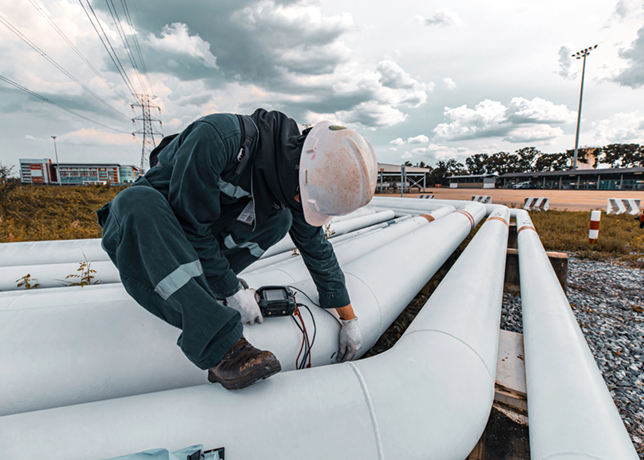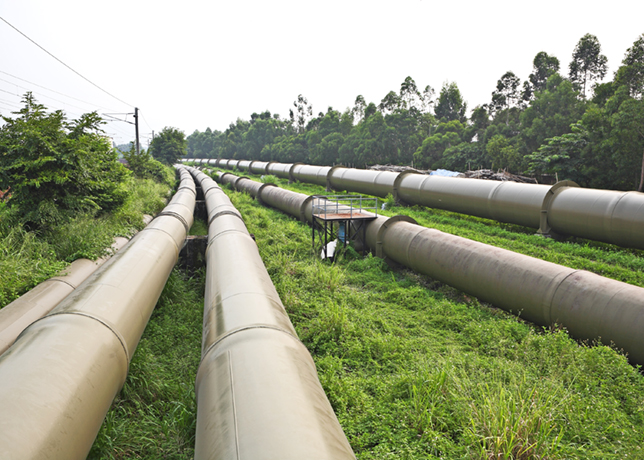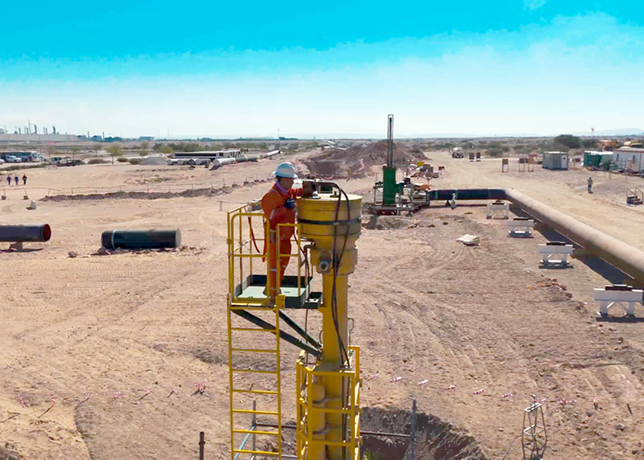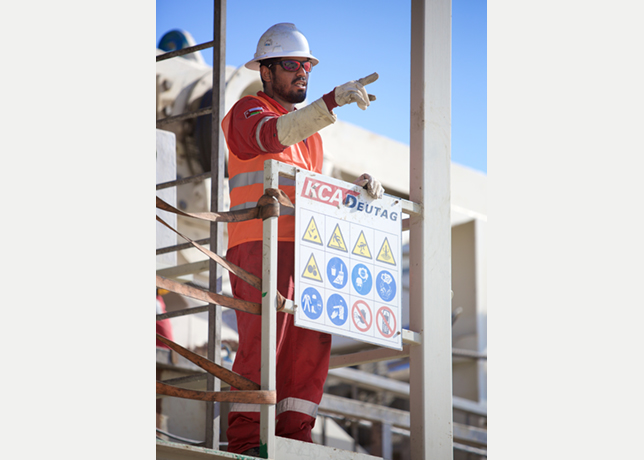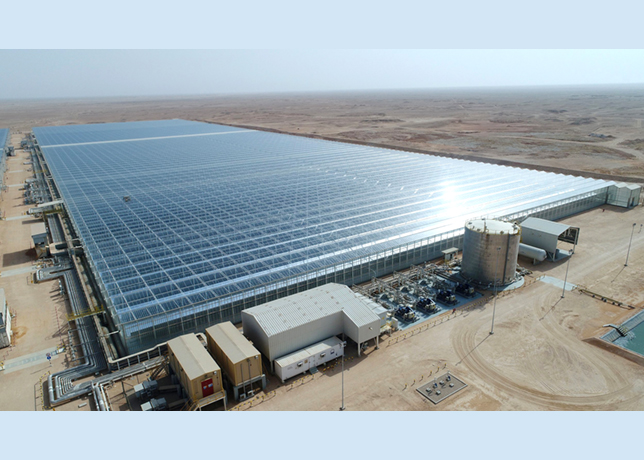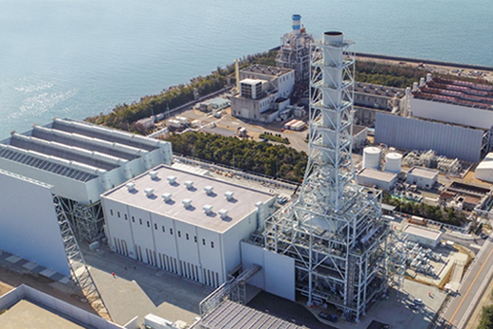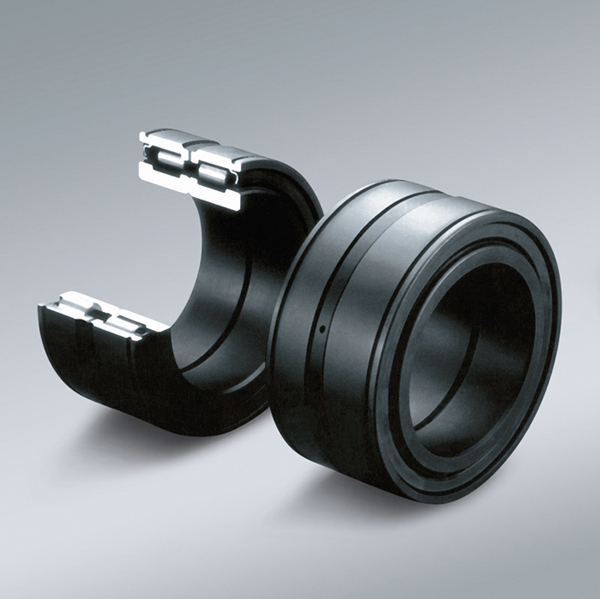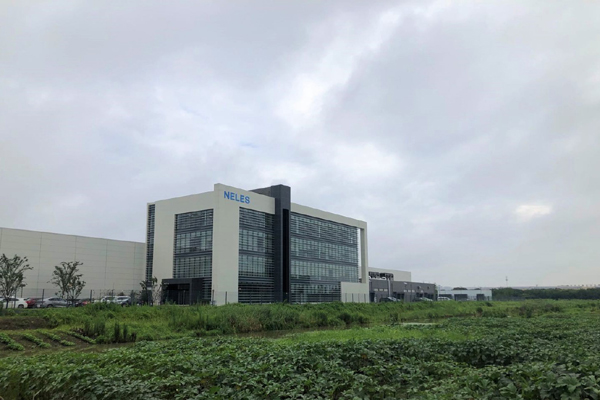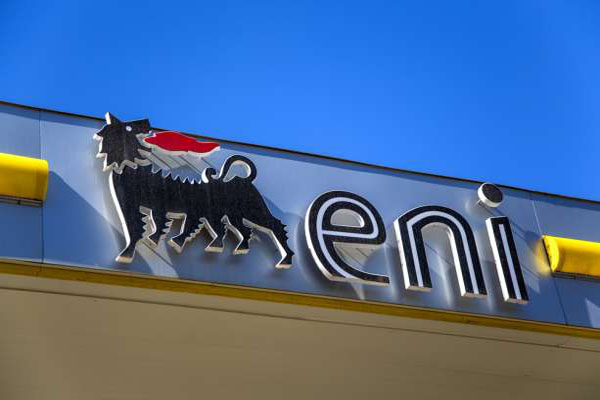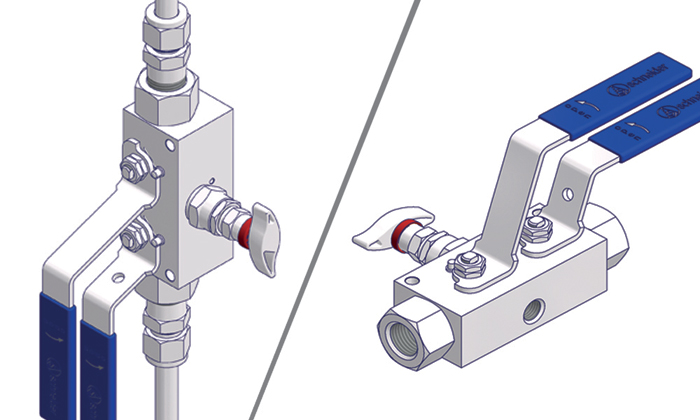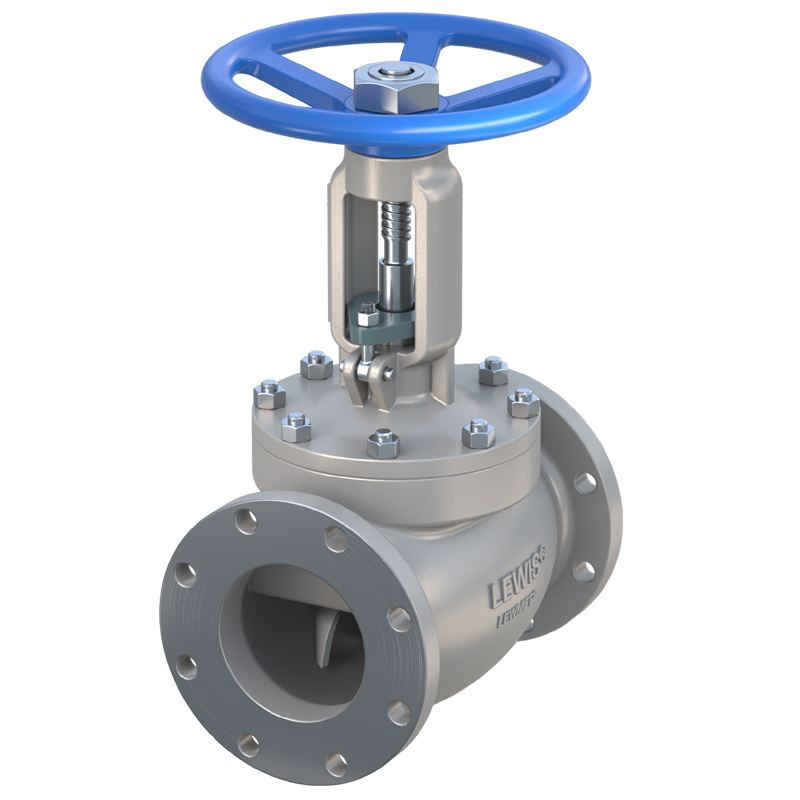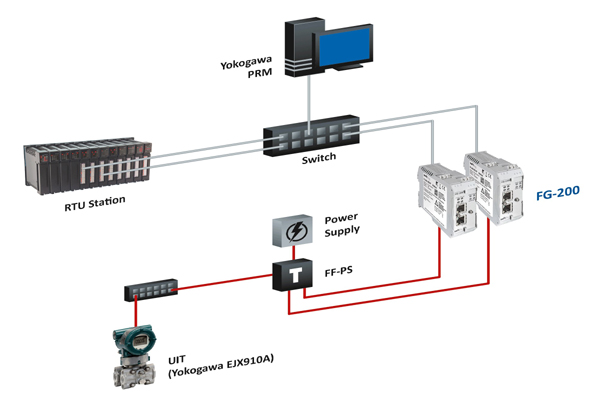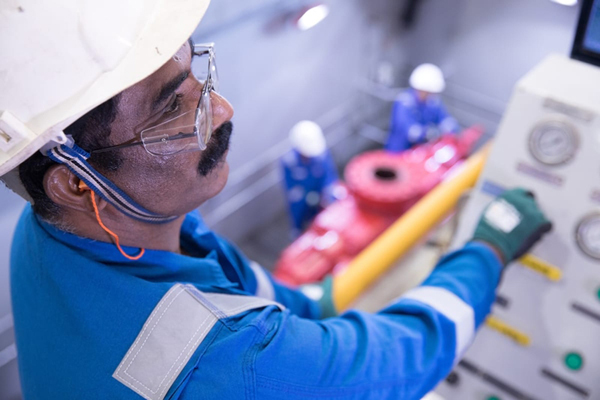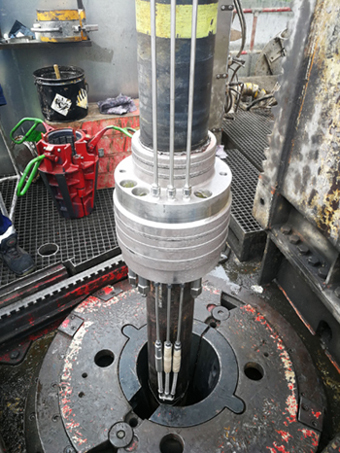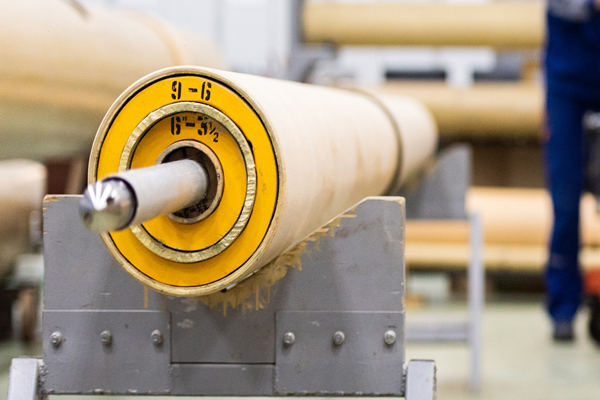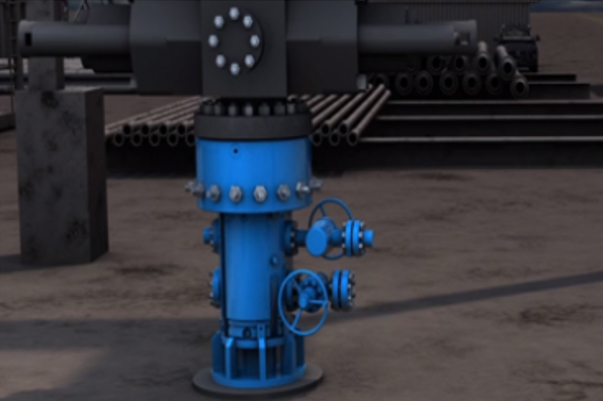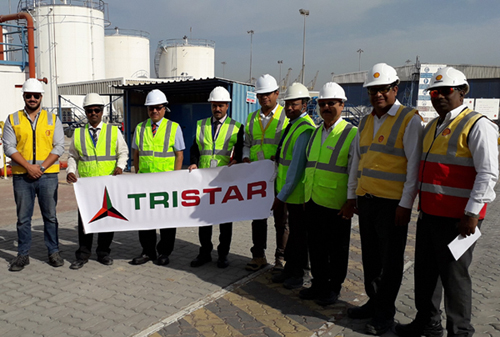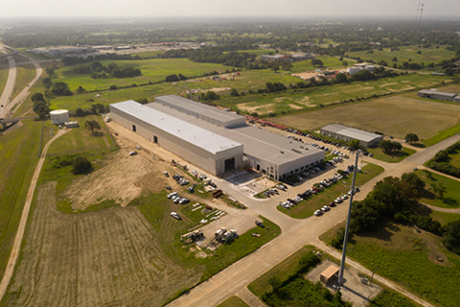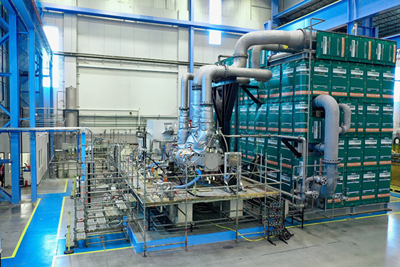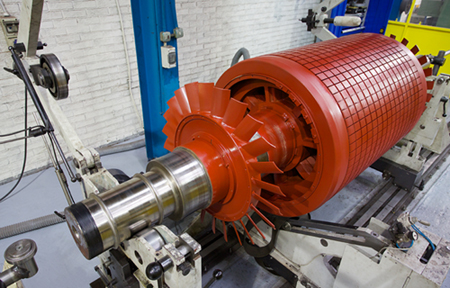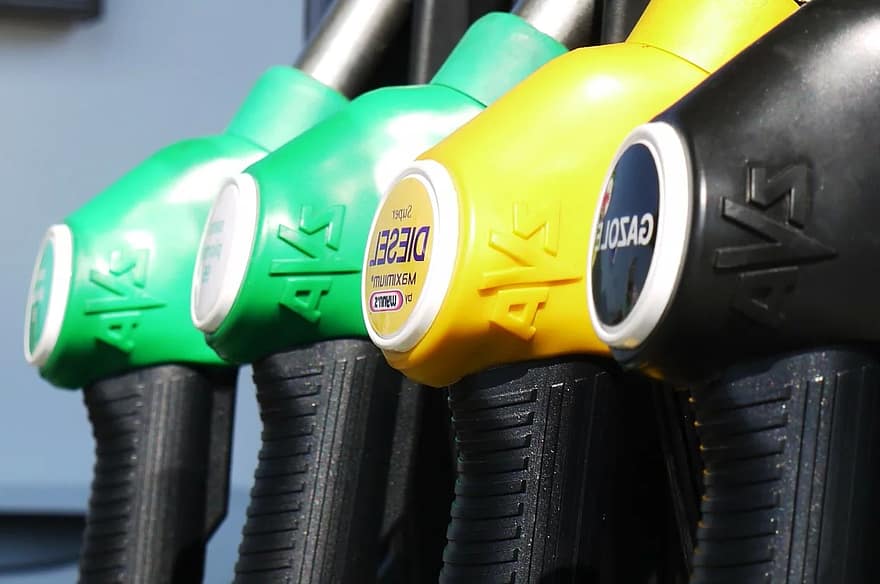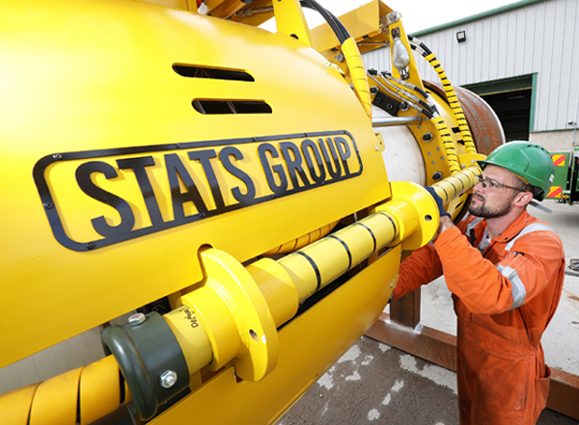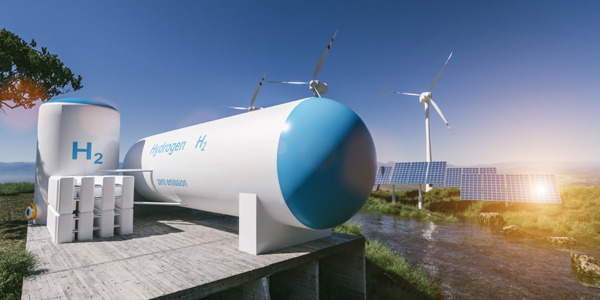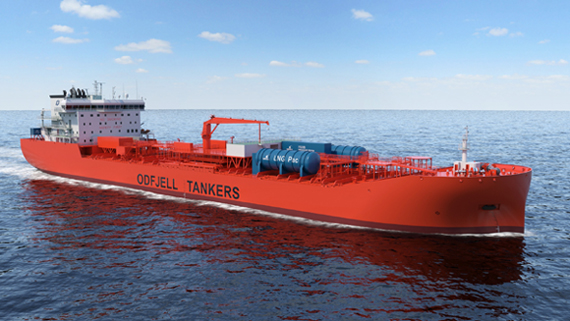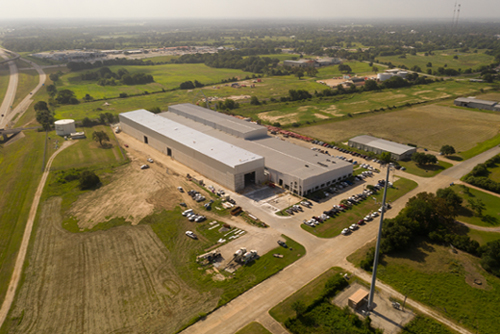
 The bioventing concept (left) and dehalococcoides bacteria
The bioventing concept (left) and dehalococcoides bacteria
Eng Mohamed Zhioua of Enviro-Experts KSA reviews petroleum-related contaminants, available remediation techniques, and provides a deep dive into the framework of in-situ bioremediation, highlighting its application through a successful case study in downtown Montreal, Canada
The petroleum industry plays a pivotal role in modern infrastructure and mobility, but it is also a leading contributor to environmental pollution, particularly soil and groundwater contamination.
Activities such as fuel storage, distribution, and dispensing at gas stations often result in the release of toxic compounds into the environment.
Petroleum-related soil contaminants common contaminants from petroleum activities include benzene, toluene, ethylbenzene, xylene (BTEX), total petroleum hydrocarbons (TPH), polycyclic aromatic hydrocarbons (PAHs), fuel additives (for example, MTBE), solvents (for example, TCE, PCE), and heavy metals (for example, lead, zinc, chromium).
These contaminants behave differently in the subsurface depending on their physicochemical properties:
• Light non-aqueous phase liquids (LNAPLs): These are less dense than water and float on the water table (for example, gasoline, diesel).
• Dense non-aqueous phase liquids (DNAPLs): Heavier than water, they sink through the aquifer and accumulate in low-permeability zones (for example, chlorinated solvents).
Depending on the nature and extent of contamination, various remediation approaches are employed.
 |
Table 1 … remediation strategies for contaminated soils |
In-situ bioremediation, a sustainable approach, is a naturally driven yet scientifically optimised process that utilises the metabolic activity of microorganisms to degrade petroleum hydrocarbons directly within the soil or groundwater.
'This process minimises the need for excavation or off-site transport, thereby offering an ecologically responsible and cost-efficient alternative to traditional remediation methods,' says Eng Mohamed Zhioua, General Manager of Canadian environmental consultancy Enviro-Experts KSA.
Microorganisms, either indigenous or introduced, break down pollutants such as BTEX compounds, TPH fractions, and PAHs by using them as a carbon and energy source.
When properly stimulated through the addition of oxygen and nutrients, these microbial communities transform harmful contaminants into benign end-products like carbon dioxide and water.
 |
Table 2 … selecting bacteria for remediation |
Bioventing and bioaugmentation, are two complementary techniques frequently used in in-situ bioremediation projects.
Bioventing enhances the natural biodegradation of hydrocarbons by injecting low-pressure air into the vadose zone.
Oxygen stimulates native aerobic microbes that target BTEX and lighter petroleum fractions.
This method is particularly well-suited for sites with moderate contamination and unsaturated soils.
Bioaugmentation is the process by which microorganisms such as bacteria, fungi, and actinomycetes transform organic contaminants into benign end products like carbon dioxide (CO2), water (H2O), and biomass.
 |
Table 3 … anaerobic bioremediation |
The degradation of hydrocarbons primarily relies on redox (oxidation-reduction) reactions, where electrons are transferred from hydrocarbon molecules (electron donors) to various electron acceptors, depending on the oxygen availability in the soil.
These strains, such as Pseudomonas (BTEX), Acinetobacter (diesel), Mycobacterium (PAHs), and Dehalococcoides (chlorinated solvents), are selected based on the site’s conditions and contaminant profile.
Nutrient supplements and acclimatisation steps are typically integrated into the treatment plan.
The efficacy of bioaugmentation depends on proper strain selection, influenced by several parameters:
• Contaminant type: BTEX, TPH, PAHs, or solvents.
• Soil conditions: pH, moisture, oxygen content, temperature.
• Indigenous microbial competition: Compatibility with existing microflora.
• Treatment approach: Aerobic or anaerobic pathways.
• Pilot testing: Laboratory microcosms or field-scale trials.
In aerobic environments, oxygen serves as the primary electron acceptor. Hydrocarbons such as benzene are oxidised according to the following reaction:
C6H6 + 7.5 O2 6 CO2 + 3 H2O
ΔG = – 3566 kJ/mol
 |
Table 4 … the rate of biodegradation depends on the hydrocarbon structure |
This highly exergonic reaction is facilitated by native aerobic bacteria that thrive when oxygen and nutrients (N and P) are available.
The optimal C:N:P ratio for microbial activity is typically 100:10:1. Oxygen can be injected into the vadose zone through techniques such as bioventing, enhancing the activity of these native bacteria.
When oxygen is depleted (dissolved O2 < 1 mg/L), the microbial community switches to anaerobic degradation pathways, using alternative electron acceptors:
Each reaction pathway is catalysed by specialised bacteria, such as denitrifying bacteria or methanogens, depending on site conditions.
The degradation reactions involve a donor/acceptor mechanism, where hydrocarbons donate electrons that reduce electron acceptors.
The reaction efficiency depends on the availability and mobility of these acceptors in the subsurface environment.
Soil structure, redox potential, and moisture content all influence microbial activity.
CASE STUDY:
In the heart of Montreal’s urban core, a former gas station site, slated for redevelopment into a modern multi-unit residential complex, posed a significant environmental challenge due to its hydrocarbon-contaminated soil.
 |
Table 5 … key environmental conditions were strictly regulated to maintain effective bioremediation |
Enviro-Experts was entrusted with the environmental rehabilitation of the site.
An intensive environmental site assessment was conducted, including more than 30 boreholes.
The investigation revealed significant concentrations of BTEX, PAHs, and TPH, at C-D levels according to Quebec’s PSRTC Guide.
Given the downtown location, strict timelines, and limited space for excavation, Enviro-Experts adopted an innovative in-situ bioremediation approach combining bioventing and bioaugmentation.
The selected treatment spanned over 18 months and incorporated a multi-step strategy to stimulate microbial degradation of hydrocarbons directly in the subsurface:
• pH and nutrient optimisation: Balanced C:N:P ratios (100:10:1) to ensure optimal microbial proliferation.
• Bioventing infrastructure: Installed 50 injection wells to supply low-pressure air, ensuring oxygen availability for aerobic degradation.
• Microbial bioaugmentation: Introduced a consortium of hydrocarbon-degrading microbes tailored to the site’s specific contaminants.
• Monitoring and control: Applied advanced analytical tools including qPCR for microbial activity, gas chromatography for contaminant tracking, and real-time field sensors for environmental parameter monitoring.
To maintain effective bioremediation, key environmental conditions were strictly regulated (Table 5).
These parameters were continuously monitored and adjusted, ensuring robust microbial activity throughout the remediation lifecycle.
The combined bioventing and bioaugmentation process achieved:
• Over 80 per cent reduction in BTEX and PAH concentrations.
• Full compliance with Quebec’s residential redevelopment criteria.
• Zero excavation and no off-site waste transport, minimising carbon footprint and project costs.
Through the strategic application of bioventing and targeted bioaugmentation, Enviro-Experts delivered a cost-effective, sustainable, and scientifically sound solution that preserved the urban fabric and public health.
As Enviro-Experts expands its operations into Saudi Arabia, it continues to pioneer advanced in-situ remediation solutions tailored to the challenges of petroleum-contaminated soils, underscoring its commitment to global environmental restoration.





































